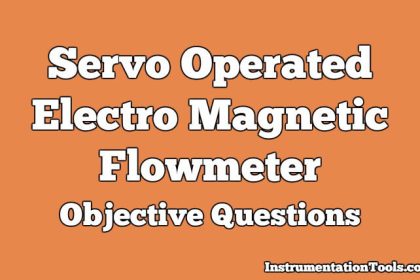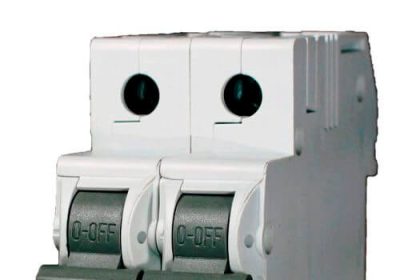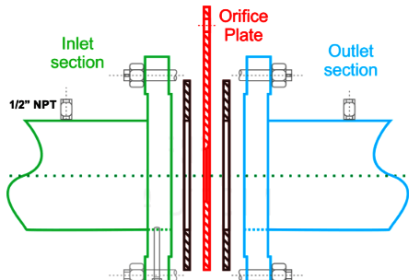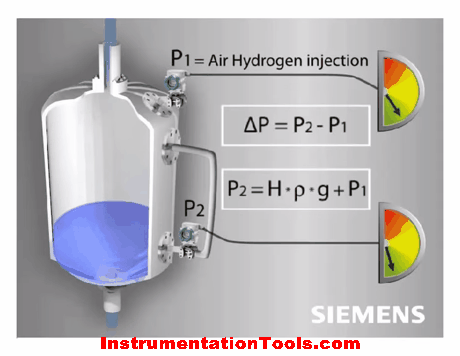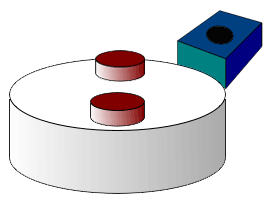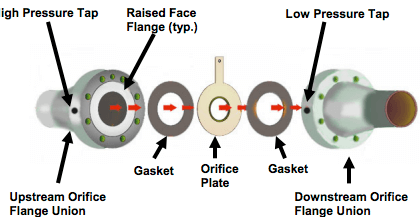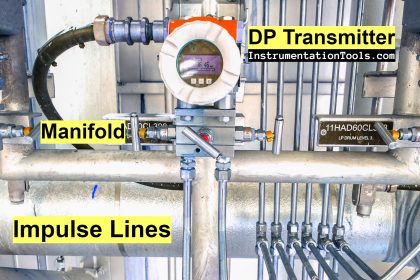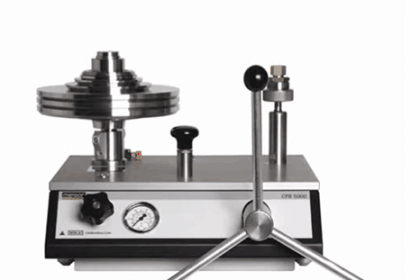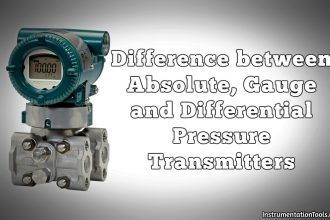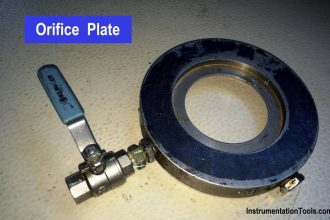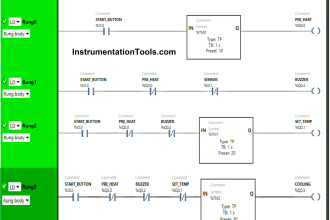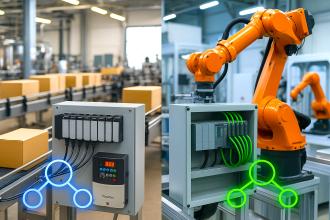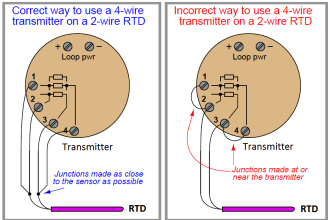Learn how to measure open channel flow without a flume or weir.
An Area-Velocity Flow Meter continuously measures both Level and Velocity to calculate flow volume in an open channel or pipe.
Area Velocity Flow Meter
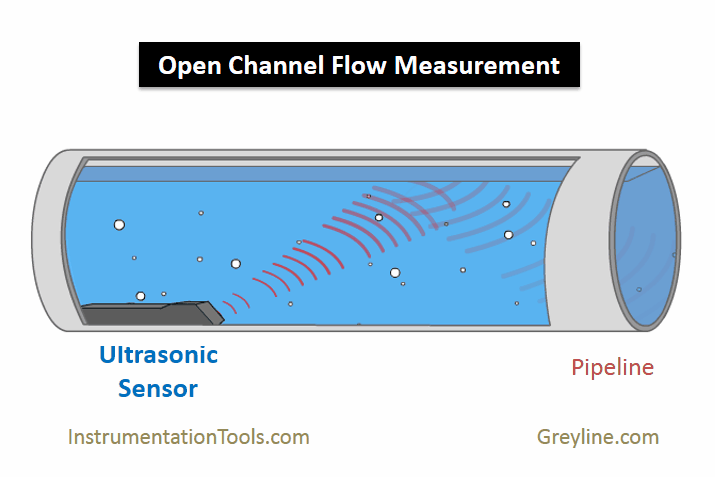
The ultrasonic sensor is installed at the bottom of a pipe or channel. To measure water level the sensor transmits ultrasonic pulses that travel through the water and reflect off the liquid surface.
The instrument precisely measures the time it takes for echoes to return to the sensor. Based on the speed of sound in water, the level is measured with an accuracy of ±0.25%.
Flow velocity is measured with an ultrasonic Doppler signal continuously injected into the water. This high-frequency sound (640 KHz) is reflected back to the sensor from particles or bubbles suspended in the liquid.
If the fluid is in motion, the echoes return at an altered frequency proportionate to flow velocity. With this technique, the instrument measures flow velocity with an accuracy of ±2%.
Area-Velocity Flow Meters work in partially full and surcharged pipes, rectangular, trapezoid, and egg-shaped channels.
Separate Level and Velocity Sensors
A separate down-looking ultrasonic sensor can be used for highly aerated or turbulent flow applications (optional).
It measures level by transmitting ultrasonic pulses through the air to the liquid surface with an accuracy of ±0.25%.
Along with the level sensor, a submerged Doppler velocity sensor is used to measure the water velocity.
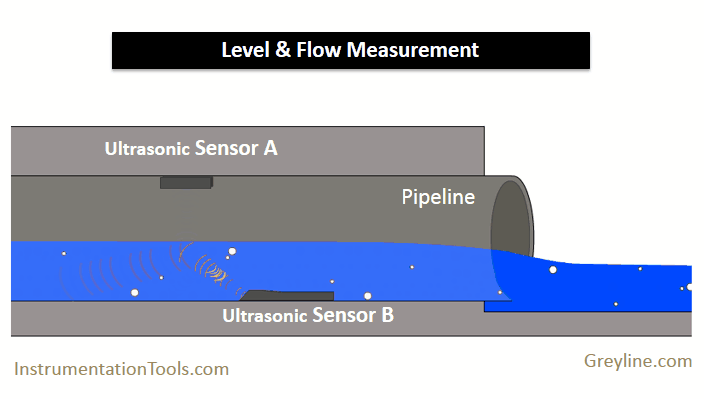
Source: Greyline Instruments
If you liked this article, then please subscribe to our YouTube Channel for Instrumentation, Electrical, PLC, and SCADA video tutorials.
You can also follow us on Facebook and Twitter to receive daily updates.
Read Next:
- Oval Gear Flow Meter
- Classification of Flow
- Piston Flow Meters
- Coriolis flowmeter
- Optical flow meter
